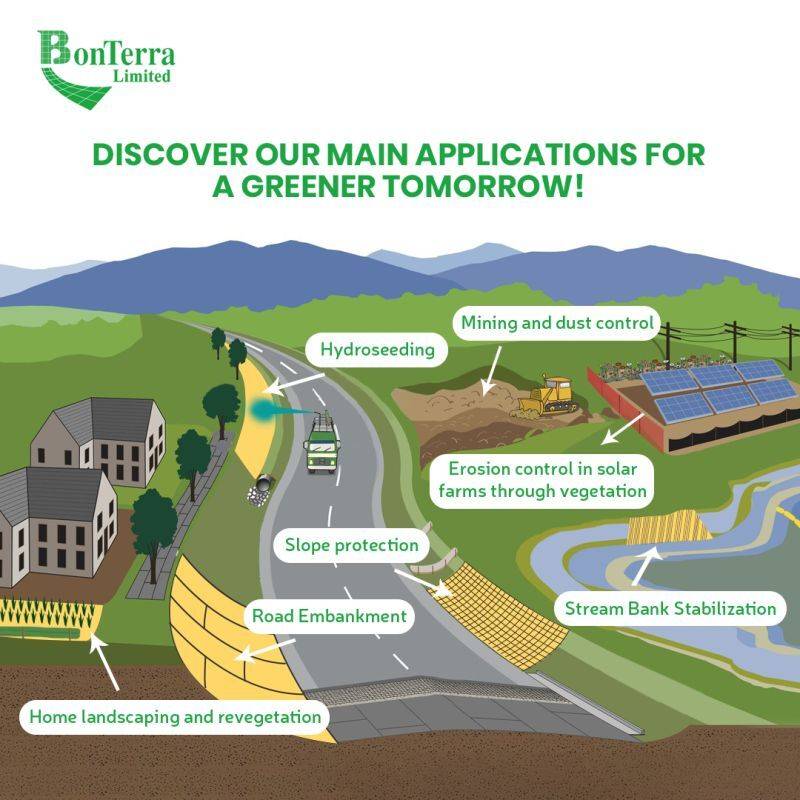Soil erosion, the gradual wearing away of topsoil by water or wind, is a significant environmental challenge. It leads to loss of fertile land, water pollution, and increased flood risk. However, effective erosion control measures can mitigate these impacts. This article delves into the importance of soil erosion control and explores bioengineering, a sustainable and effective approach.
Understanding the Impact of Soil Erosion
Soil erosion is a complex issue with far-reaching consequences. When topsoil is lost, it takes centuries to replenish. This loss reduces agricultural productivity, degrades water quality, and contributes to sedimentation in rivers and lakes. Additionally, eroded soil can lead to landslides and mudflows, posing risks to infrastructure and human life.
The Role of Bioengineering in Erosion Control
Bioengineering involves using natural materials and living organisms to stabilize slopes and control erosion. It’s a sustainable and environmentally friendly approach that mimics natural processes. By integrating vegetation, soil, and structures, bioengineering solutions create a resilient ecosystem that protects against erosion.
Key Bioengineering Techniques
Slope Stabilization
River Embankment Protection
Rainfall Protection

Benefits of Bioengineering Products of BonTerra Limited
Environmental Friendliness
Cost-Effective
Aesthetics
Sustainability
Conclusion
Bioengineering involves using natural materials and living organisms to stabilize slopes and control erosion. It’s a sustainable and environmentally friendly approach that mimics natural processes. By integrating vegetation, soil, and structures, bioengineering solutions create a resilient ecosystem that protects against erosion.
BonTerra Limited is committed to developing innovative bioengineering products that help combat soil erosion. Our range of coir erosion control blankets, bio mats, and other natural fiber solutions offers reliable and eco-friendly protection for slopes, riverbanks, and other vulnerable areas.
Let’s work together to create a greener and more resilient future. Contact us today to learn more about our erosion control solutions
 ES
ES PT
PT DE
DE
